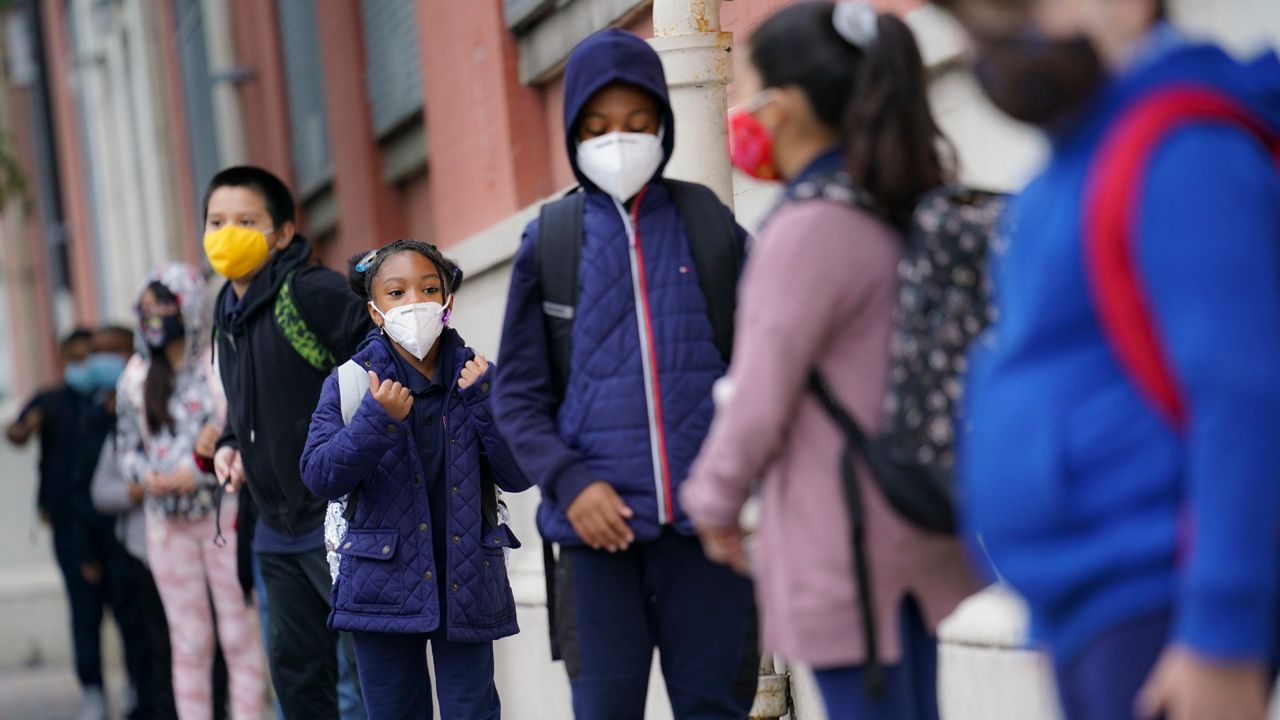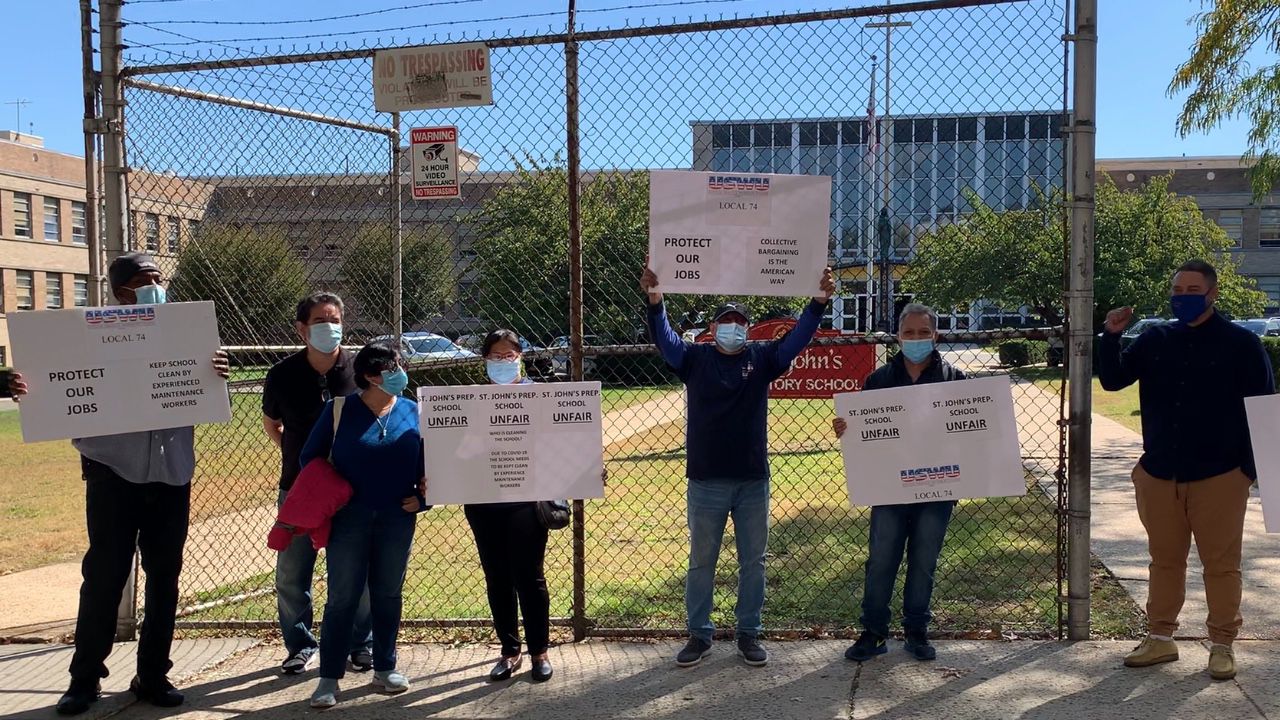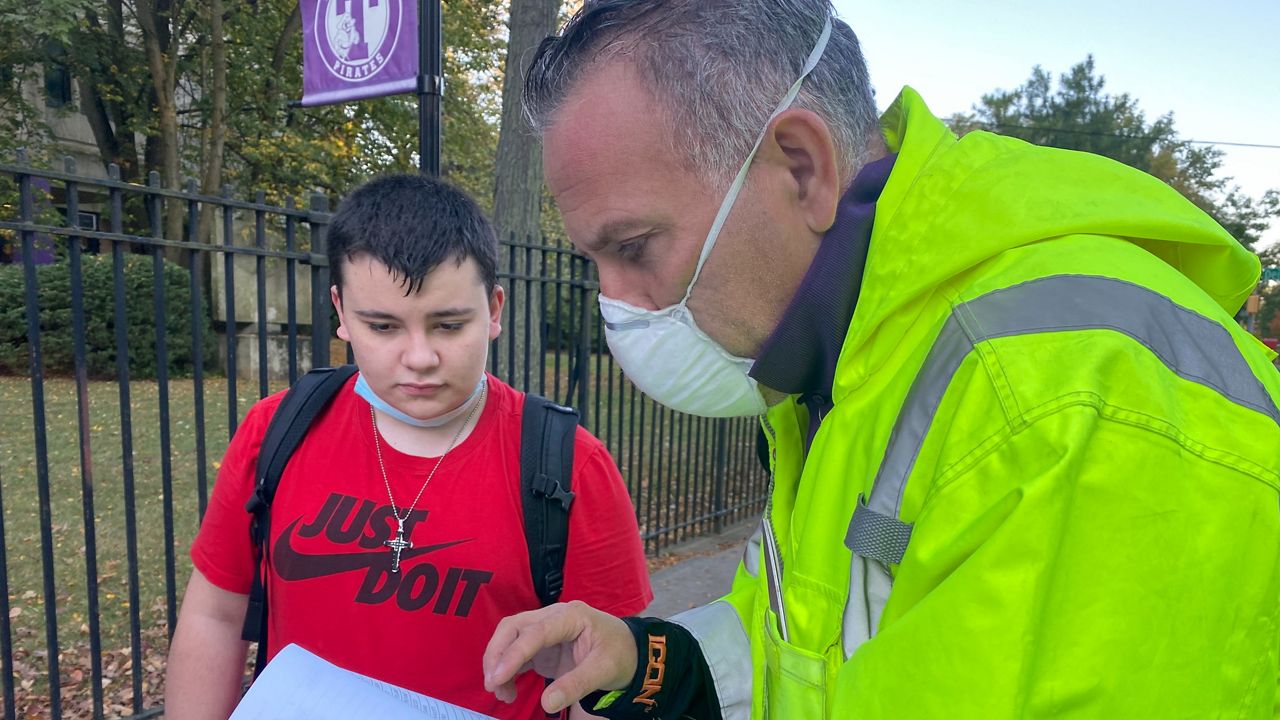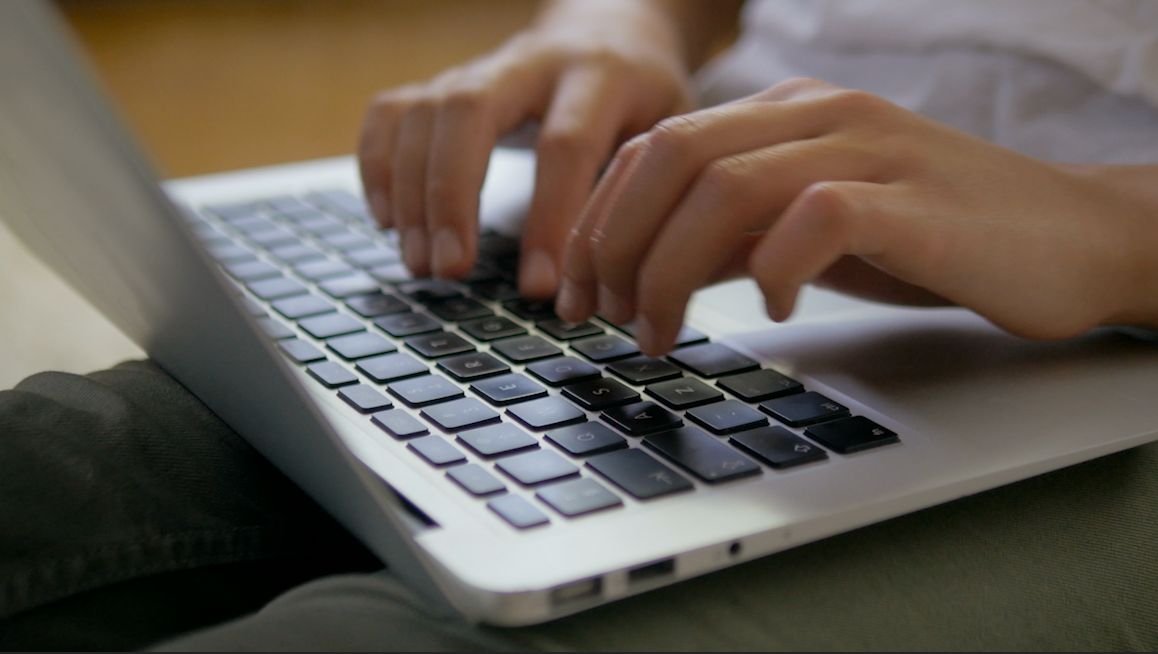Governor Cuomo on Monday walked back state guidelines that would require a school district to close if the area it is in has a coronavirus positivity rate of 9% or higher — all but guaranteeing New York City public elementary schools won’t see another widespread shutdown.
“For counties that are over 9%, they’re doing school testing, if their schools are below the level of positivity in the community, then they can keep the schools open, it is up to the local school district to make that decision,” Cuomo said at an Albany press conference.
This summer, when Cuomo initially rolled out guidelines for school districts to reopen, those rules include a trigger for closing them back down — when the region housing the school district hit a positivity rate of 9%.
In an interview with NY1 Monday, Teachers Union President Michael Mulgrew said if the city hits that benchmark, the mayor must close classrooms.
"Nine percent was the number, it’s now left to the local school district. We believe the schools in New York City absolutely should be closed when it hits the nine percent number, according to the state number,” he said.
The city hit a 9% positivity rate under its own data this week — though the state and the city calculate that rate differently. The state’s positivity rate for New York City remains below 9% — currently clocking in at 6.24%.
"The fact that we have two sets of numbers makes no sense. We’ve been saying this for months. Everybody else is using the state number, but when New York City — under the state — hits 9%, I think the schools should close,” Mulgrew said.
Now that Cuomo has rolled that threshold back, the discrepancy is unlikely to matter: the rate of positive tests conducted in schools is much lower than the positivity rate in the community at large, and Mayor de Blasio has said he wants to keep schools open.
Just .42% of tests administered in schools since October 9 have been positive.
“The safest place to be in New York City of course, is our public schools. We see that and we know it's working and so we want – absolutely know our kids need to be in school,” the mayor said.
Still, it’s unclear how useful a direct comparison of the school testing rate and the community testing rate actually are. The school testing rate of .42% includes only positives discovered by the DOE’s testing program, which requires weekly random tests of 20% of the school’s population of students and staff. That means it is mainly capturing positives among people who are asymptomatic — because students or staff with symptoms are not supposed to attend school.
The .42% rate does not include positive cases among students or teachers who sought a test outside of the DOE’s program — which a student or teacher would be likely to do if they had symptoms that led them to stay home from school and seek a diagnosis.








